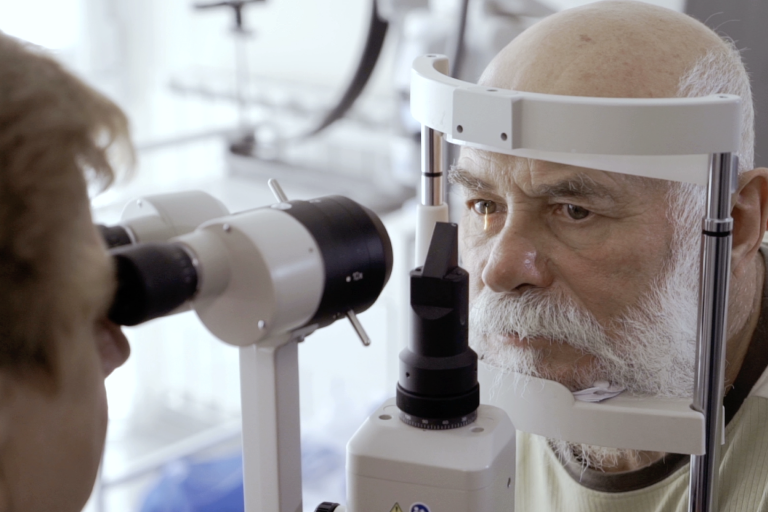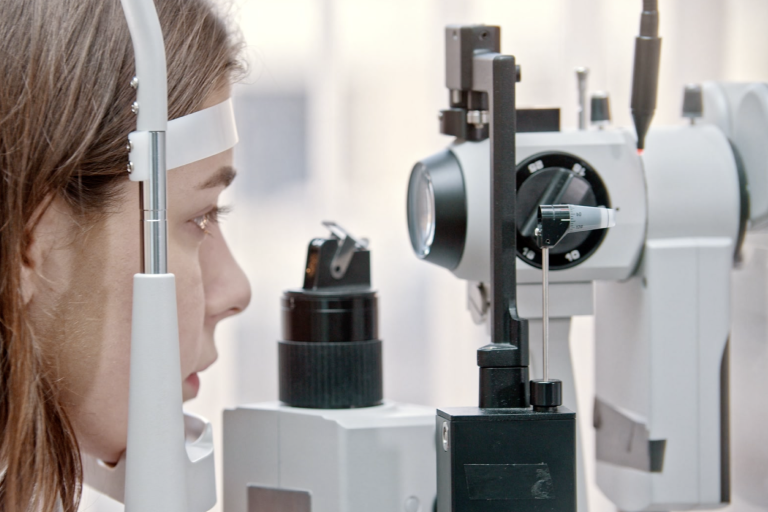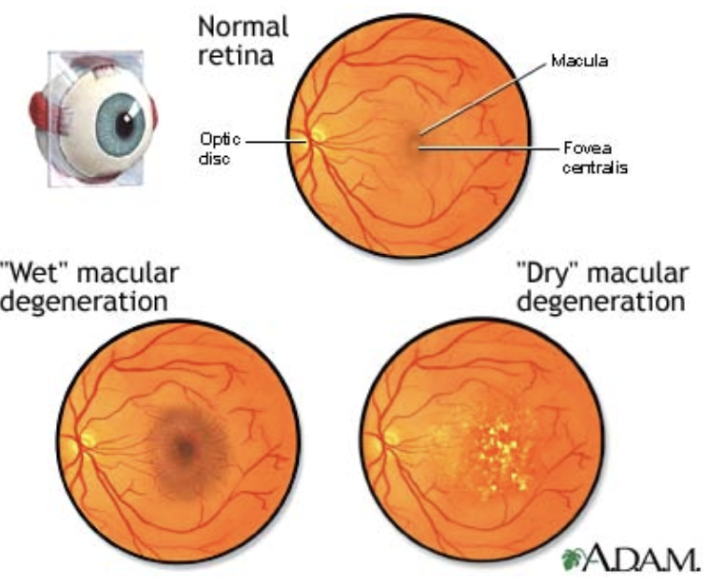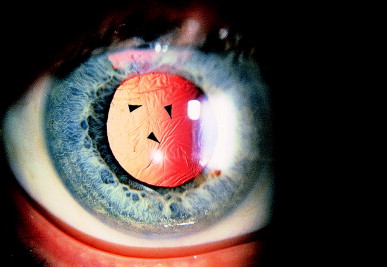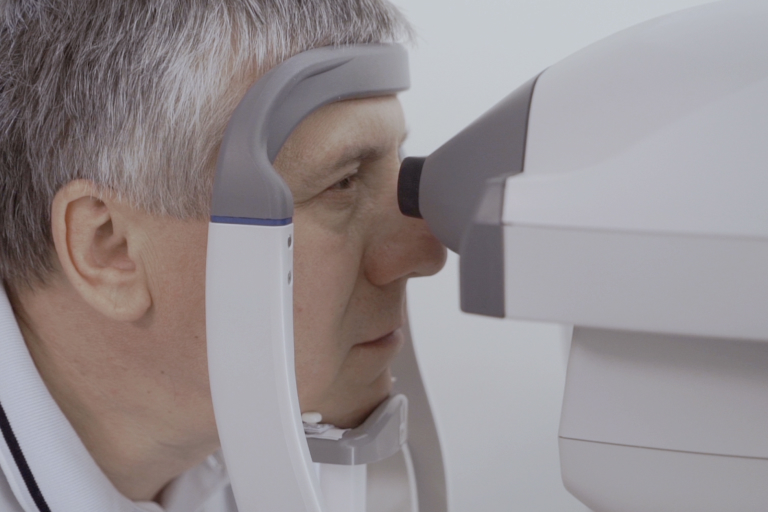Posts by Steve Hillam
What is a Cataract?
What is a Cataract? A cataract is a common eye condition where the lens of the eye becomes cloudy, leading to a decrease in vision. It is most commonly associated with aging and is therefore most prevalent among the elderly. The lens of the eye is naturally transparent, but with age or due to other…
Read MoreConsidering Toric Lens Implants for Astigmatism Correction During Cataract Surgery
Cataract surgery is a pivotal opportunity for individuals with astigmatism to not only address the cloudiness caused by cataracts but also to correct their astigmatism and improve their vision without glasses. One of the most effective ways to achieve this dual correction is through the implantation of toric intraocular lenses (IOLs). Here’s why considering toric…
Read MoreWhat is Astigmatism?
Astigmatism is a common vision condition caused by an irregular curvature of the cornea, the clear front cover of the eye, or sometimes the shape of the lens inside the eye. In an eye with astigmatism, the surface of the cornea or lens has a somewhat elongated shape, rather than being perfectly round. This irregularity…
Read MoreStyes and Chalazions: Causes, Symptoms, and Treatment
What Are Styes and Chalazions? Styes, also known as hordeolums, and chalazions are small, painful lumps that develop on the eyelid when an oil gland or hair follicle becomes clogged or infected. Chalazions and styes can appear very similar, but chalazions are typically less tender and more difficult to treat. Causes: Styes typically occur when…
Read MoreHow Often Should I Get an Eye Exam?
How Often Should I Get an Eye Exam? Eye exams are not just about assessing vision; they also play a critical role in detecting potential eye diseases, such as glaucoma, macular degeneration, and diabetic retinopathy, in their early stages. Early detection allows for timely intervention and treatment. Factors Influencing the Frequency: The frequency of eye…
Read MoreFlashes and Floaters in Your Vision?
Have you ever noticed tiny specks or threads drifting across your field of vision? Or perhaps sudden flashes of light that seem to come out of nowhere? These visual disturbances, known as flashes and floaters, can be alarming if you’re unfamiliar with them. However, they are often benign and temporary phenomena that occur within the…
Read MoreWhy Does my Eye Doctor Dilate my Eyes?
The Importance of Dilating Your Eyes: Insights from Your Eye Doctor Have you ever wondered why your eye doctor recommends dilating your eyes during certain appointments? Beyond the discomfort of temporary sensitivity to light and blurred vision, there are compelling reasons behind this practice. Let’s delve into why your eye doctor suggests dilating your eyes…
Read MoreUnderstanding Dry Macular Degeneration: Symptoms, Causes, and Management
What is macular degeneration? Macular degeneration is a common eye condition affecting millions of people worldwide. Among its types, dry (or nonexudative) macular degeneration is particularly prevalent, impacting individuals as they age. In this blog, we’ll delve into the intricacies of dry macular degeneration, exploring its symptoms, causes, and management strategies. Understanding Dry Macular Degeneration:…
Read MoreSeeing Clearly Again: Understanding Posterior Capsular Opacity and YAG Capsulotomy
For those who have undergone cataract surgery, the regaining of clear vision is often a transformative experience. However, some individuals may find that their vision becomes cloudy once again due to a condition known as posterior capsular opacity (PCO). Fortunately, there’s a solution: YAG capsulotomy. Let’s explore what posterior capsular opacity is, its effects on…
Read MoreShedding Light on Primary Open-Angle Glaucoma: The Silent Thief of Sight
In the realm of eye health, there exists a condition that stealthily encroaches upon vision, often without warning until it’s too late. Primary open-angle glaucoma, a prevalent yet insidious eye disease, affects millions worldwide, posing a significant risk to vision if left untreated. In this blog, we’ll delve into the intricacies of primary open-angle glaucoma,…
Read More
